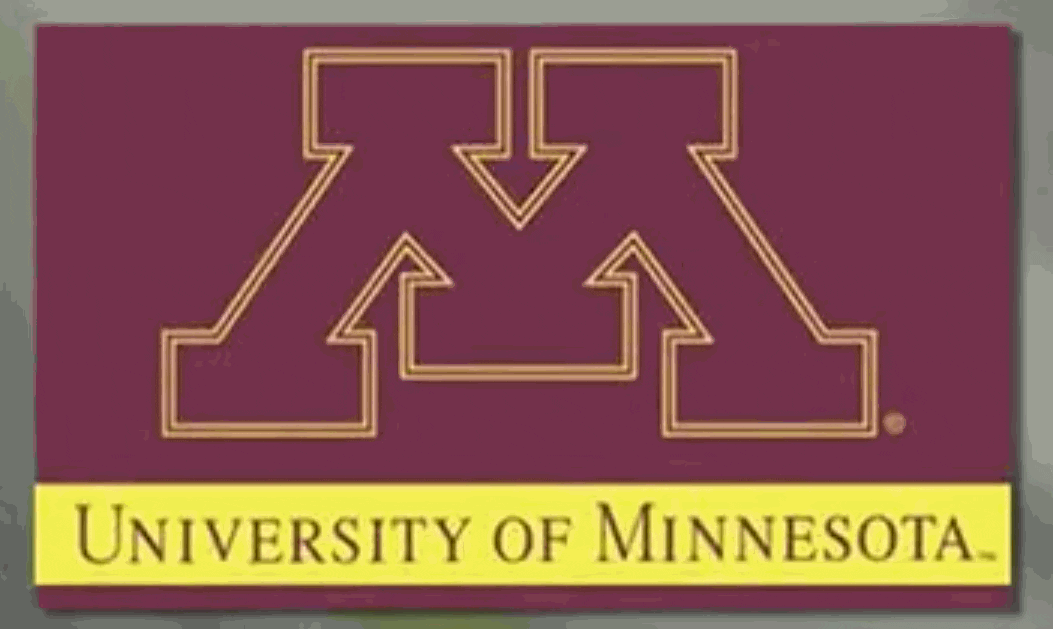University of Minnesota Eeoc Report on Football Players’ Rape Allegations
The University of Minnesota conducted its own investigation of the football players who are alleged to have participated in the sexual assault of the 22 year old female college student, on September 2, 2016. The University’s Office of Equal Opportunity and Affirmative Action (EOAA) after a federally mandated investigation, compiled an 82 page report, which aggregates the accusations against the players alleged to have participated in the sexual assault. The EEOA report varies dramatically from the report delivered by the Minneapolis Police Department, which found, Read More +



